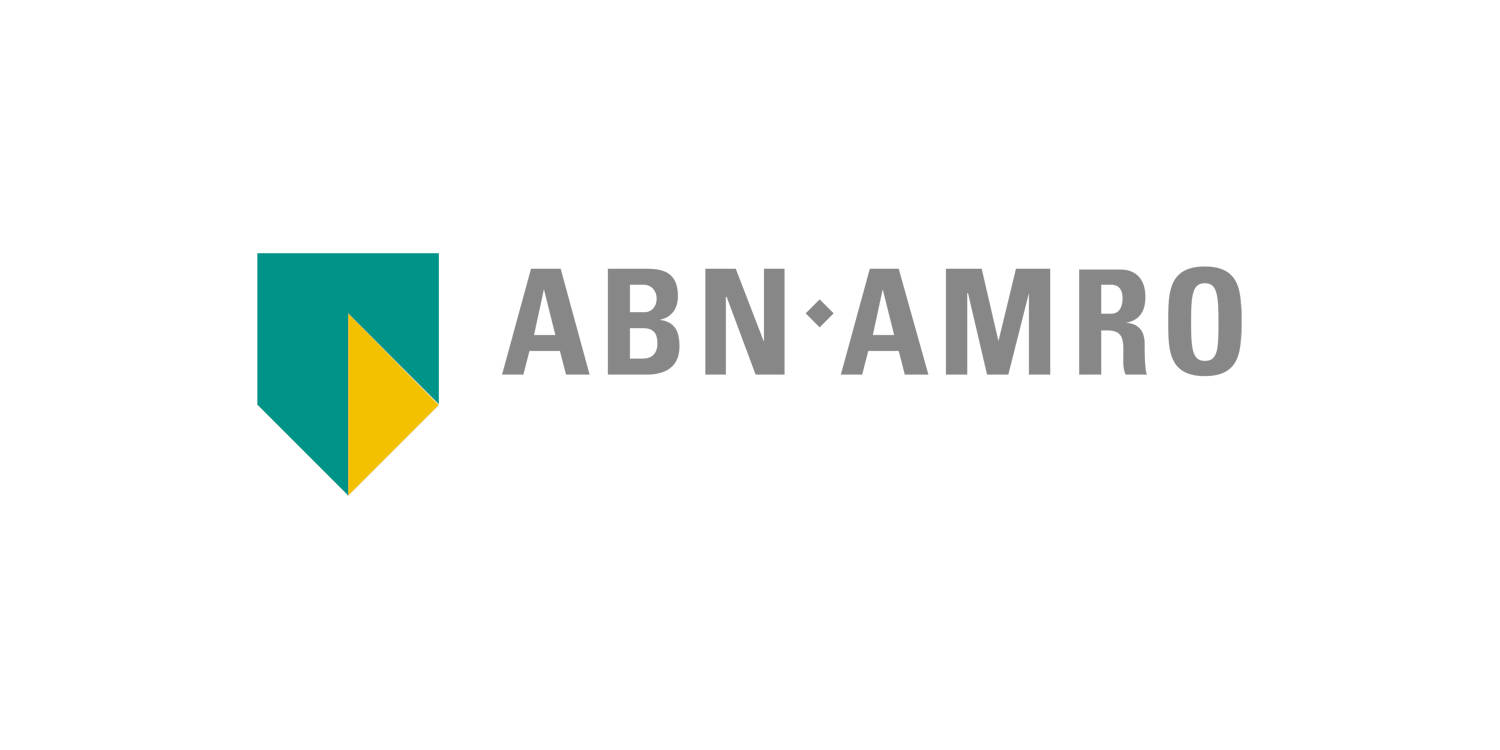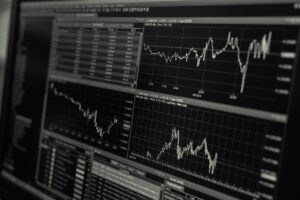”Overall, at the next four meetings, we expect 100bp of rate reductions, taking the ECB’s deposit rate to a low of 1.5%. The risks to this view are skewed towards more rate cuts. Up until recently, the ECB has been agnostic on whether the tariff shock would be inflationary or disinflationary, saying that there are drivers in both directions. However, there seems to have been some shift in their thinking recently, with generally a more dovish tone and officials showing more concern about economic growth. This makes perfect sense as developments have been almost exclusively disinflationary. To start with economic growth, the outlook has deteriorated sharply since the ECB published its March projections. Second, the euro has strengthened materially, and generally financial conditions have tightened. Third, oil and commodity prices have fallen sharply. This reflects the deterioration in the global economic outlook generally and the fact that China – a major source of demand for commodities – is being hit with the highest tariffs. Indeed, it is important to note that tariffs could make excess capacity in China’s industrial sector worse, which would put downward pressure on global manufactured goods prices.”
Morten W. Langer




